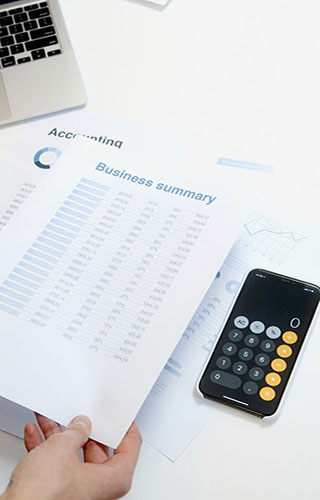Business plans are for people who want to start a business or currently have one. A new business needs preparation, time management, organizing, and organization. Business plans are created so that your work has a direction and you don’t get “off-track” by getting caught up with information that can wait, and so on.
How to Develop a Business Plan
Building a great business plan can be challenging for any new entrepreneur. “Do we really need a plan?” many small businesses wonder. If you want to start or run a business, you’ll need a business plan. Also, well-established companies require a business plan or drastically change their plans when circumstances change.
Objectives and Goals
Recognizing your business’s goals and objectives is the first stage in developing a business strategy. Establish your objective in a couple of years. Do you want to preserve a small business, or do you want to branch out? Consider your own personal goals and objectives. How much time and effort are you ready to take into your business? Is this just a pastime or a company that will provide good earnings? What tasks and obligations are you going to hand over to your workers?
Brand name
Second, choose what benefit you can give to the client. What separates your business from the competitors? You need to identify the fundamental aspects of your business that will bring in people to come back. Your clients will glaze over your website if you don’t establish and recognize your brand name correctly, and you won’t maintain your business.
Budget
Third, think about your budget. How much money do you require to get your business up and running? Will you take out a business loan or try to find investors? Do you want investors to have a say in your industry decisions? Consider what will take place as your business develops and grows. What will you do with your earnings? Are you planning to reinvest in your company? Finally, how much money do you need to maintain your existing standard of living?
 Business Design and Operation Plan
Business Design and Operation Plan
You can think about your business plan once you have these essential elements. Basically, this is a plan for marketing, designing, and running your business. In many business plans, you’ll begin with an executive summary and a business description. Then you get to the fruit of your job.
Your business’s overall design and procedures plan are the following two aspects. How will you create a brand for your company? What are your most visible attributes? Also, how many personnel do you plan to work with, and how will your business operate? Will you delegate tasks or handle most of the responsibilities on your own? This section is extremely personal and allows you to share your passion for your product or service.
Marketing
Your marketing section is the third section of your business plan. Consider your target audience and the possible size of your customer base. After that, think of connecting to your target market (how possible it is to contact your customer base). Will you only use the website? Or how about television and print media? Prices, distribution, promotion, and advertising techniques will benefit from this. After you’ve finished this step, you’ll be able to see how you rank in your competitors. You should strive to outperform and outlive your competitors to attract their customers.
Finances
Return to your funds and decide what is possible for your company. Also, when the industry changes and your business grows, try to assess your future financial goals. With a business plan, you can make sure that your company is based in reality and know what you can expect from it. This is very important to your company’s success and will raise your income.





